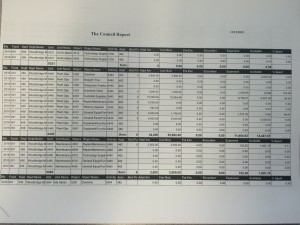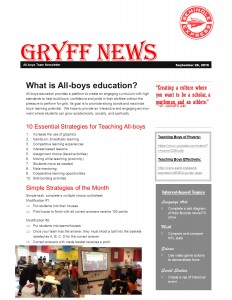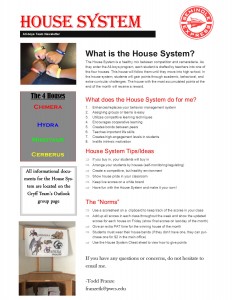With a group of grant writing team members in the All-boys program, I have lead the process of writing a grant to the Target Foundation for funds to allocate towards participating in the EDGE program at George Mason University. Since the field trip is relatively expensive for the amount of funding available and our school community’s family budget, I believe the Target Foundation grant would give us the opportunity to participate in this rewarding opportunity. This field trip experience would allow our All-boys program to participate in team building exercises to build teamwork, confidence, respect for each other, and many other important life skills.
The process of writing a grant was a rewarding experience because I was very unfamiliar with the entire process. Through working through the process with experienced individuals, I have gained significant insight into the tips or suggestions for being awarded the grant. These tips included the use of demographic information and data analysis to sway the award in your favor. Without these tips, I would have found the grant writing process to be difficult and most likely, the written grants wouldn’t be awarded.
In the future, I will use this rewarding experience to effectively write grants for my school. As I have observed many schools, the one common factor in all schools who have a wealth of resources is their overwhelming participation in grants. I hope to continuously look for grants that will not only provide more available funds for my programs, but will also provide valuable resources to my school community.





Recent Comments